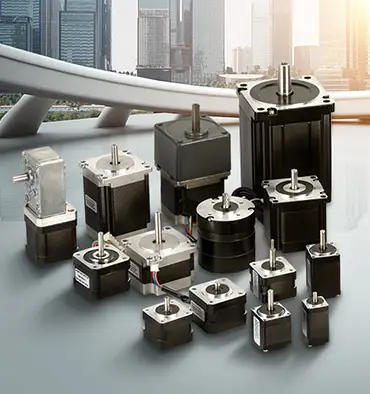Why is the stepper motor suitable for robots?
Stepper motors are widely used in robotics because of their ability to precisely control the position and speed of motor axes.
Stepper motors are typically used in applications that require precise positioning or accurate speed control, such as robotic arms. They operate by moving in small, precise steps and are able to maintain position without the need for a feedback system. This makes them suitable for applications that require precise control, but they may not be suitable for applications that require high torque or fast acceleration. Automation robots in laboratories use stepper motors to precisely control the location and movement of samples, pipettes and other laboratory equipment.
What other motors are suitable for use in robots?
In addition to stepper motors, servo motors are often used in the robotics industry. But unlike stepper motors , servo motors are typically used in applications that require high torque and fast acceleration. They use a feedback system, such as an encoder or potentiometer, to precisely control their position, speed, and torque. This allows them to be used in applications that require high performance, such as robotic arms, robotic legs, and other applications that require precise control of joint position and torque, but they are typically more expensive than stepper motors.
Conclusion
In general, both stepper motors and servo motors can be used in robotics. Stepper motors are well suited for precise positioning applications, while servo motors are better suited for high performance applications that require high torque and fast acceleration.


Leave a Reply